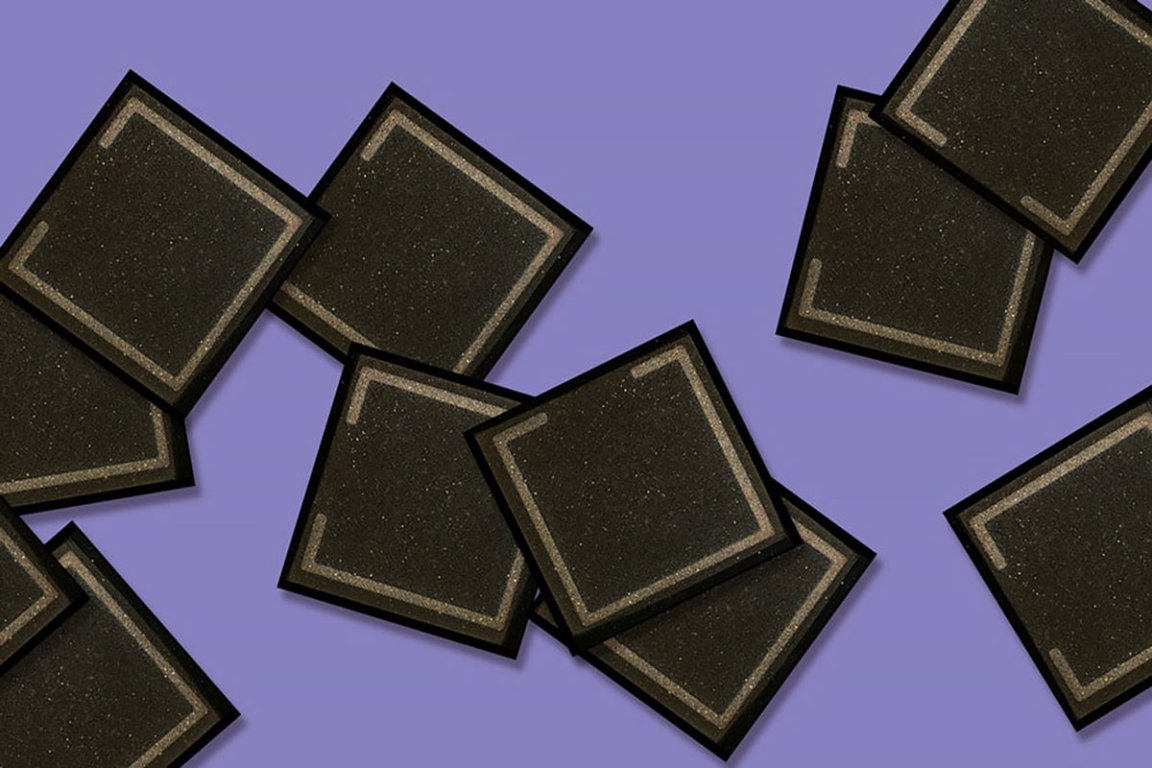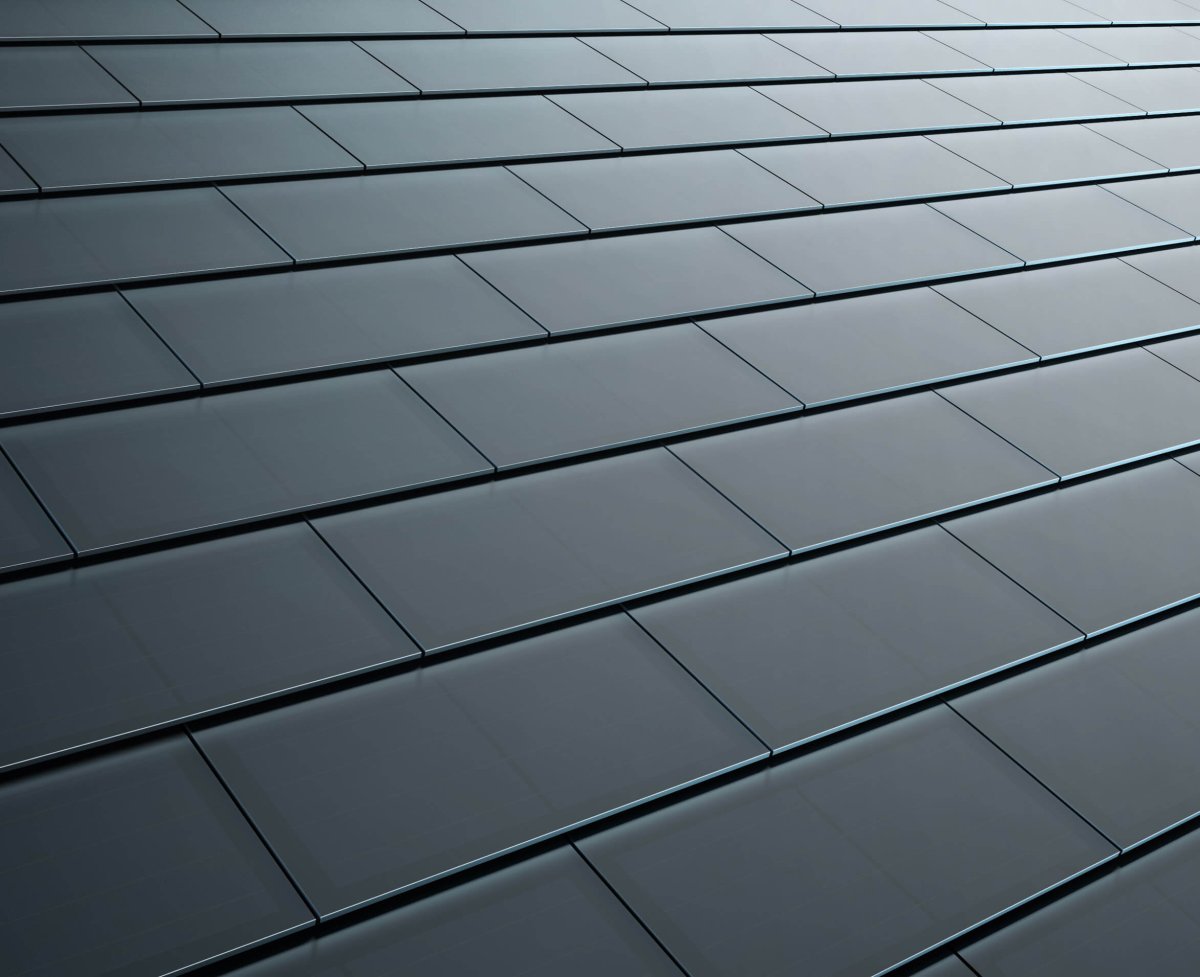
An Alternative to Solar Panels
Tesla’s Solar Roof is very enticing if you’re looking to transition to solar power, but want to maintain the style and aesthetic of your home. Unfortunately, the Solar Roof is an expensive investment, and not everyone has the money to spend on it. Enter University of Cambridge researcher Sam Stranks and his team, who set out to create an alternative to not just Tesla’s product, but all solar panels.
According to Stranks, only 60 percent of homes in the U.S. are capable of withstanding the weight of solar panels, which are typically made using silicon. Instead or relying on that particular material, the team turned to the much lighter perovskite to create “solar tarps” that are just as adept at collecting sunlight and turning it into usable energy.
Inverse spoke to Stranks about the project, who explained that using perovskite as supplement to solar panels isn’t a new idea. What initially detracted from the material’s reliability were tiny flaws in its structure that kept it from storing energy. Since setting out to use perovskite, however, Stranks and his team have designed a treatment applied during the production process that “heals” the material and prepares it for prolonged use — all it took was determining the right amount of light and humidity.

“The long-term vision is really to bring down solar to very very low prices, make it accessible for everyone and really provide the utility-scale power,” Stranks told Inverse. “It would bring it down to a price where it really does change how we think about using power and how we power our houses. It’s of course a longer-term vision because these things take time to really come down in price.”
Tests done on perovskite have gone well, but it’s still unknown how long-lasting the material really is. Future tests involving accelerated weathering should provide additional results, and hopefully move the project forward.
The Competition
Tesla’s Solar Roof has a few things going for it, like the 30-year power and weatherization warranties; there’s also the tile warranty of “Infinity,” or, as Tesla puts it, “the lifetime of your house, or infinity, whichever comes first.” The Solar Roof also comes with a tax credit, which carries over to future tax years. Multiple tile styles that are more durable than regular roof tiles are also a nice touch.

However, the product can cost thousands of dollars — factoring in location, the chosen style, the size of the roof, the already-expensive Powerwall, and more. Inverse looked into how much it would cost, and pegged the price of a Solar Roof installation to be above $50,000.
Of course, we won’t truly know how much better Solar Tarps are until the idea has progressed beyond where it is now. The same can be said when trying to compare its energy efficiency and lifespan, though Stranks said he and his team are also aiming for 30 years. Solar Panels aren’t the only competition either, as solar power windows are slowly on the rise.
Solar Tarps are an interesting idea, and cheaper alternatives are seeing widespread anticipation. As always, we’ll have to wait and see how things play out, as the world tries to move on from fossil fuels.